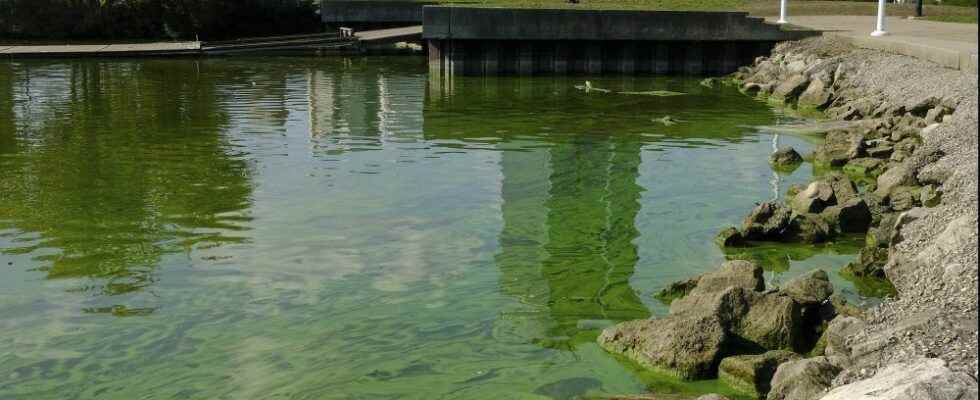Beachgoers, boaters and commercial fishers can expect mostly smooth sailing on Southwestern Ontario’s algae-prone Great Lake this summer.

Beachgoers, boaters and commercial fishers can expect mostly smooth sailing on Southwestern Ontario’s bacteria-prone Great Lake this summer.
US researchers are expecting a “smaller-than-average” cyanobacteria bloom on Lake Erie this July and August, ranking similar in severity to 2018 or 2020, fairly mild years for the organism also called blue-green algae.
“We’re not expecting a large bloom because of our average to slightly below average discharge in (phosphorus) loads,” said Rick Stumpf, oceanographer at the United States National Oceanic and Atmospheric Administration (NOAA). “Most of the lake will be fine most of the time.”
Researchers from Ohio State University, Ohio Sea Grant research institute and NOAA released their 11th annual Lake Erie bacteria forecast last week.
The 2022 forecast estimates a cyanobacteria severity level of 3.5, but it could range from two to four due to uncertainty in the models. Last summer’s level on Lake Erie was a six on the researchers’ scale, far off the worst years in 2011 and 2015, when cyanobacteria severity was ranked at 10 and 10.5 respectively.
Where the bloom will end up on the lake, and how dispersed it is, will depend on how the wind blows this summer, Stumpf said.
“People in Ohio are hoping for southwest winds. People in Ontario are hoping for north winds,” he said Thursday. “The best is kind of a due west wind, so it ends up somewhere in the middle. That would be the best compromise for all of us.”
Throughout the year, scientists track runoff of phosphorus – a mineral found in sawage, animal waste and chemical fertilizers that fuels cyanobacteria growth – and use several models to predict the severity of the summertime scourge.
Coordinated efforts are underway in the US and Canada border to reduce phosphorus run-off into the Great Lakes, however heavy rainfall in the region – a potential impact of climate change – flushes the nutrient into waterways, Stumpf said.
The western basin of the lake, near Windsor and Ohio, tends to be the hottest spot for Erie bacteria, cultivating a bloom nearly the size of Prince Edward Island in 2011.
While cyanobacteria typically is considered an eyesore for beachgoers, it produces toxins that are harmful to animals and humans.
An intense bacteria bloom in 2014 forced Toledo, Ohio officials to shut drinking-water intake valves coming from the lake amid fears the toxins produced by the bacteria could harm humans.
